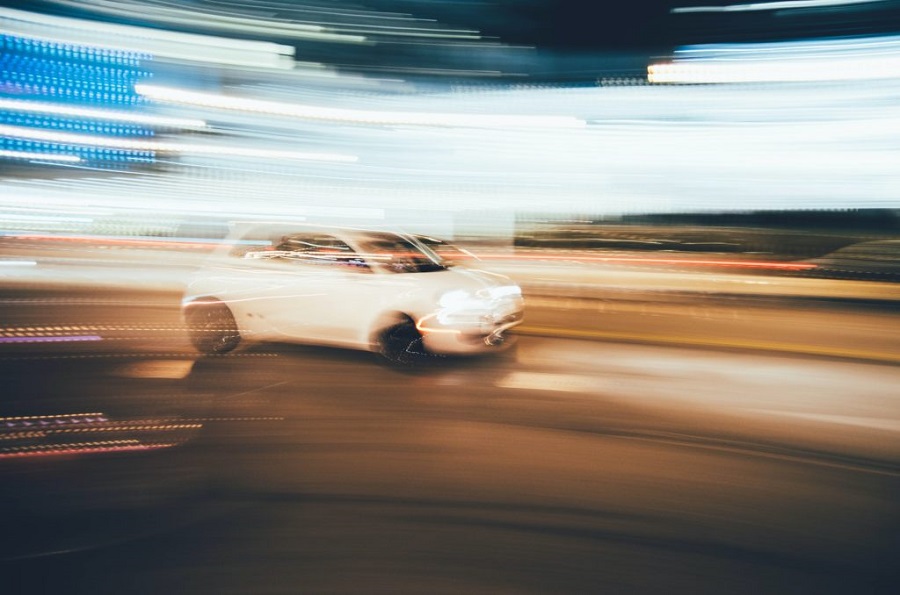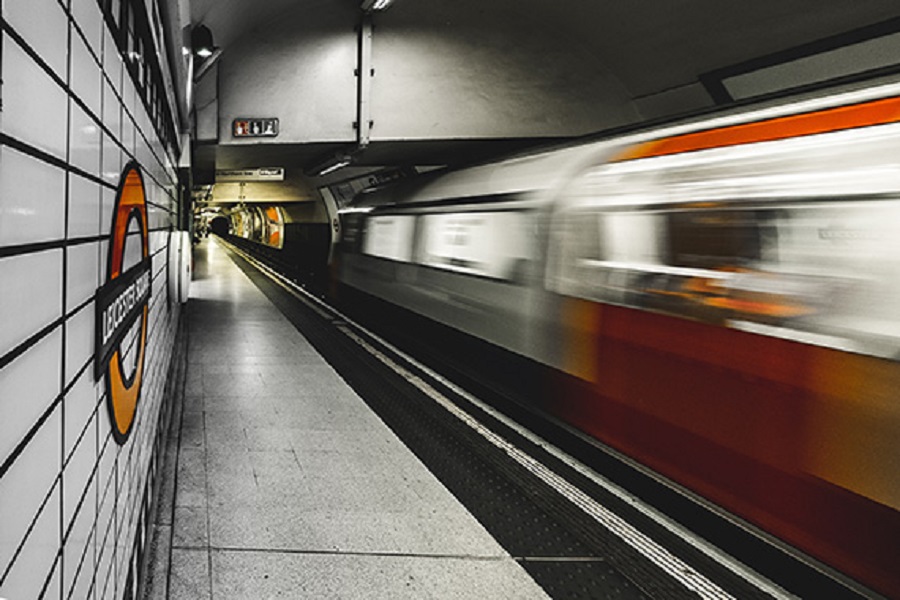Blurry photos are a common and frustrating problem. While it’s true that some of these issues can be fixed in post-processing, others require immediate attention if you want to take clear photos. Here are some mistakes you should avoid when shooting with your camera.
Camera settings
If you’re new to photography, one of the most common mistakes is setting your camera to auto. This can cause your images to be blurry because it doesn’t take into account how close or far away your subject is from the lens.
Another mistake people make when taking photos is not setting their focus point manually. This can also lead to blurry photos and make them unusable if you need a clear picture of something small or far away from you!
You should always set the aperture (1:1) and ISO (100) manually before taking pictures so that everything looks clear in focus instead of blurred out like this.

Camera handling
When you’re taking pictures, don’t point the camera at your face. It’s a good idea to compose yourself so that your face is in the center of the frame. If you feel like it’s hard to do this when holding a camera, try placing it on a table or wall instead of pointing directly at yourself.
There are other ways that people can get into bad habits when using their phones for photography:
- Hold the phone too close to your face – This can cause blur because light from behind you catches up with what is going on in front of you (the lens).
- Hold it too far away from your face – Your eyes focus on objects as they move closer until they come into focus; if there’s nothing else nearby but air (say if there were no trees around), then all these images would be blurry because there wasn’t anything else for them to focus upon first before getting properly focused on by both eyes simultaneously!
Lighting
Lighting is the most important part of a photo, and if you don’t get it right then your photos will look blurry. If you’re using a flash for these shots, make sure it’s not too bright or dim. A good rule to follow when shooting in natural light is: “If you can see the subject from one side of their face to another when they look directly at the camera, then that’s probably too bright.” If there are shadows on your subject’s face or body because they’re standing in front of a dark background (like trees), then try moving closer so that less light needs to travel through those areas before hitting them.
Post-processing
The next thing to consider is post-processing, which is the process of fine-tuning your photos for optimal results. There are different tools and settings that you can use, but each has its own purpose and limitations. If you’re looking for an in-depth explanation on how to use these tools, I recommend checking out this blog post by [this guy]( https://www.flickruserdanielkopinski). He goes into great detail about what they are and why they’re important!
Conclusion
The most important thing is to realize that you can’t change the world with blurry photos. But if you take this information and use it as a learning tool, then you’ll be on your way to improving your own photography skills!

